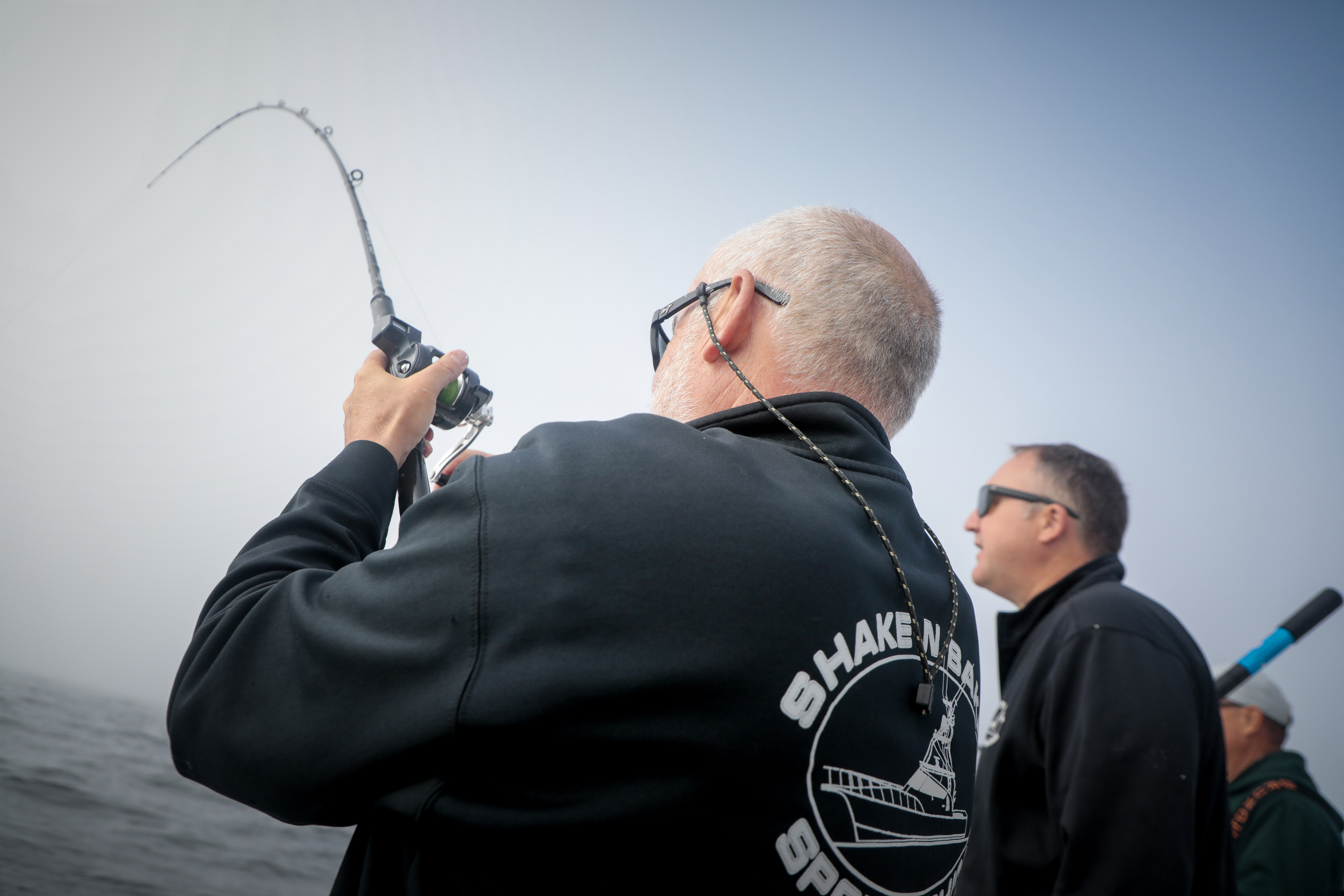Saints or Sinners? Characters of Pacific County: Isaac Alonzo Clark
Published 10:33 am Wednesday, May 17, 2023

- Stackpole Harbor
I’ve always thought that the historical record has given I.A. Clark a bad rap. Or maybe not bad — just a half a rap. The first part of the story is okay and I repeat it here to jog your memory a bit. When we get to the second part, though — that’s what I think all the dancing up and down should be about!
Trending
Part I begins like this: On a foggy day in April 1854, my great grandfather Robert Hamilton Espy and his friend, Isaac Alonzo Clark. paddled their borrowed canoe toward the westward shore of Shoalwater Bay. Their first order of business was to survey the acres of native oysters out on the tideflats. Satisfied that this was their dream destination, they set to work building a 10-by-12-foot cabin of alders and settled in to the place that would soon be known as “Oysterville.”
The two young men had met that winter over a poker game in Astoria. They were of an age (Espy 28, Clark 26) about the same height, disposition, and background. Both were from the eastern U.S., both had been apprenticed to tailors, and both had lived for a time in the same area of Wisconsin. They even had friends in common. Their only appreciable difference was that Espy was a staunch Baptist and Clark, a fervent Methodist.
While Espy busied himself in establishing an oyster business, Clark platted the townsite and built a store, becoming Oysterville’s first storekeeper, Clark was also an oysterman but, according to his cohorts, a rather timid boatman. When a storm was brewing out on the bay, he often put in at a protected cove near Leadbetter Point. As the other plungers headed homeward, they would see Clark’s boat, Dr. Stackpole, hunkered down for the duration. The cove is still called “Stackpole Harbor” and it stands to reason that “Stackpole Road” was also named for the harbor and the boat.
Trending
In 1872, the Methodists (with Clark’s enthusiastic backing) built the first church in Pacific County right on the corner of Pacific and Main Streets in Oysterville. It was commodious and did double-duty as the schoolhouse when the two-story school burned down in 1905. In the summers, the congregation moved across the bay to hold their popular revival and tent camp meetings, joining with other Methodists from around the bay and from as far away as Portland.
By the 1880s (a time when Oysterville had seven saloons within its town limits) the Methodists felt that things the boomtown by the bay had become too rowdy for their liking. In 1883 (and here Part II of Isaac’s story begins) church elder Clark proposed to a group of Methodist leaders that they merge the concepts of Christian revival camp meetings, campgrounds, and summer resorts in a huge center west of Nahcotta.
On land donated for the purpose, Clark platted a community for the Methodist Camp Meeting Association — the second of his platted townsites. Before long the Association began selling lots to buyers who rejoiced in the provisions of the deeds to their property — which soon became known as “Ocean Park.” He and the other Methodists of Oysterville soon moved to the new community, the terms of their deeds specifying prohibitions on the use and manufacture of intoxicating drinks, gambling and other immoral practices.
And the rest, as they say, is history.









